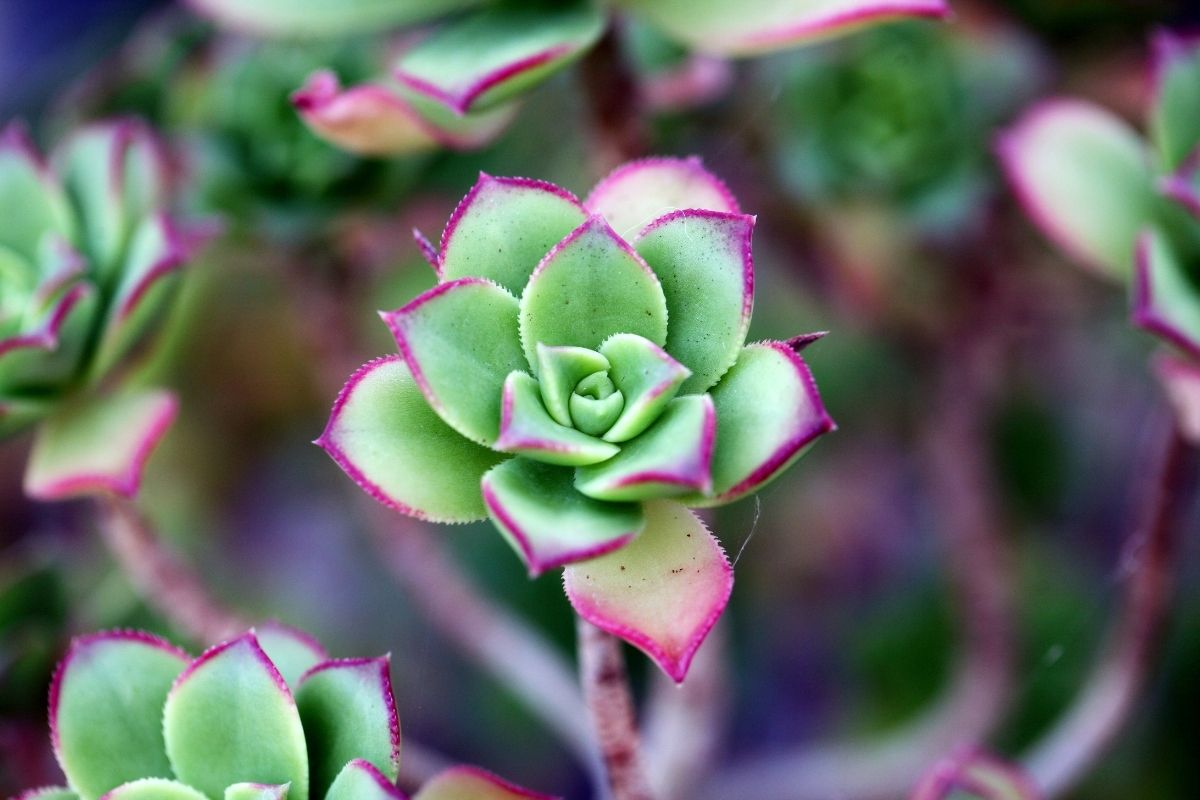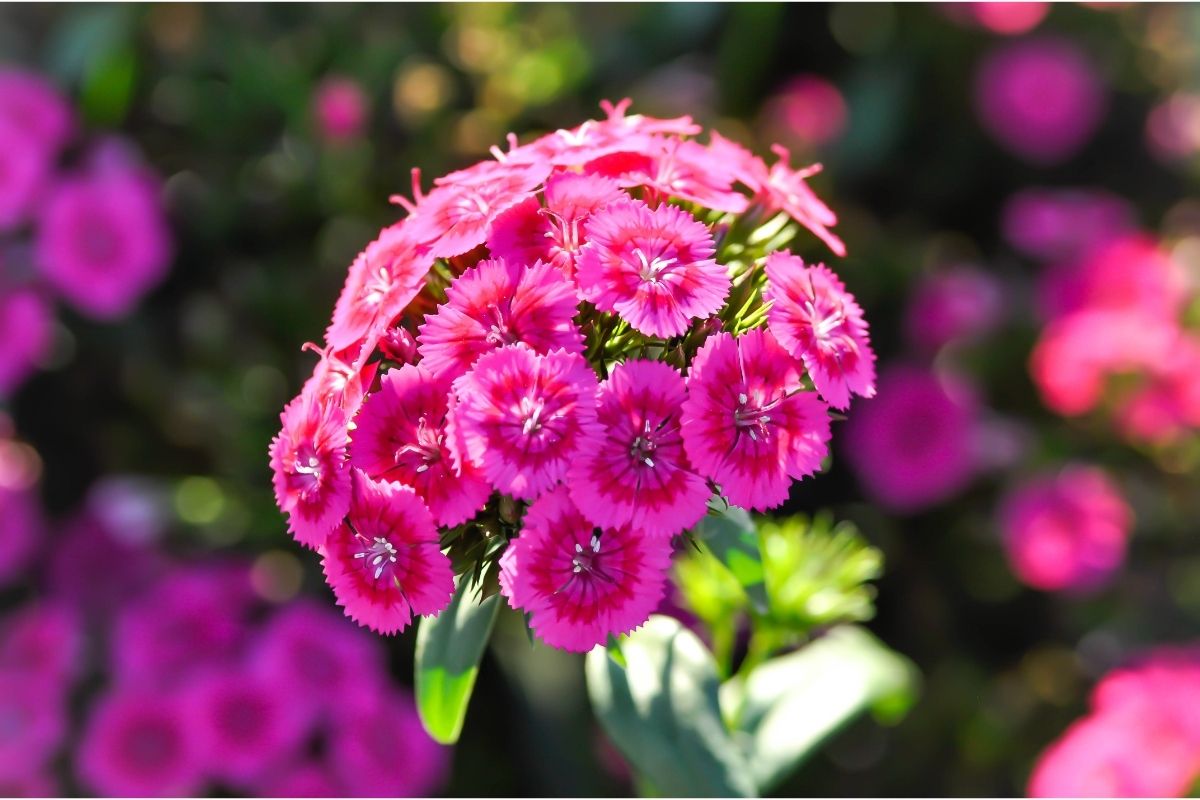When you are growing a flower, it can be important to understand how long these flowers will bloom or flower for. This allows you to get the most out of your plant by grooming them for this blooming period.

With correct practice this period can be extended, but it’s worth knowing when to cut them for indoor display before the petals fall and the flower dies.
Bloom periods will depend on the plant as well is your environment and how well you treat said plant. For Azaleas this can be quite a specific period.
In this guide we will cover all you need to know when growing Azaleas as well as how long and when they bloom! Let’s explore this great flower together
What Is An Azalea?
An Azalea is a flowering shrub in the genus of Rhododendron, and part of the wider family of plants known as Ericaeae. Azaleas can be either deciduous, their foliage falls off during the season, or evergreen, their foliage stays for more than one season.
The Azalea is native to Asia, Europe and much of the temperate Northern Hemisphere. In the Southern Hemisphere Azaleas are mainly grown for ornamental reasons.
In general, most Azaleas prefer shady, cool areas that are well ventilated and also have well drained acidic soil.
Generally, Azaleas bloom in the spring in temperate environments while those grown in warmer climates can bloom in the fall. Azaleas are pretty tolerant to shade, but like Rhododendrons, Azaleas enjoy well drained acidic soil to grow best.
Azaleas are extremely slow growing and can last for hundreds of years. Much horticultural cultivation has led to thousands of different cultivars and species of Azalea that have different qualities.
Types Of Azalea
- Deciduous – While these varieties shed their foliage at a point, they are considered to be the hardiest of the Azalea varieties and can be grown in fairly cold climates with success.
- Evergreen – Evergreen varieties, while they hold onto their foliage, are considered to be much more susceptible to cold temperatures and prefer warmer climates.
- Low growing – These varieties only grow to around a foot which makes them perfect for borders or beds, they often have bright showy flowers.
- Tall growing – These varieties grow tall, as high as 20 feet, and are often a staple in the garden, slowly growing for years and years.
Are Azaleas Toxic?
Yes, both Rhododendron and Azaleas are toxic to humans and animals. Both Rhododendron and Azaleas, including all their plant parts, contain grayanotoxins which are neurotoxins.
While fatal to animals, neurotoxin produces strong hallucinations in humans as well as many other unwanted symptoms such as vomiting and dizziness, etc.
This has actually resulted in some cultures deliberately feeding bees these neurotoxins to produce a honey known as ‘mad honey’ for both its recreational and potential medical uses.
Yet, this ‘mad honey’ is the main cause of ‘Azalea/Rhododendron’ poisoning rather than people actually eating the plants.
According to historic accounts, King Mithridates used honey to poison Pompey’s army in 69 BC. The Roman soldiers were delirious, hallucinating, and nauseated when attacked by Mithridates’ army.
When Do Azaleas Bloom And For How Long?

In general, the Azalea is known as the ‘queen of spring’ due to the fact she blooms regularly in the spring months, often April or May. In the Southern Hemisphere Azaleas are more likely to bloom in the fall.
This is a specific blooming period that once missed can mean that the Azalea won’t bloom and can be a disappointment.
In order to encourage blooming, prune back the Azalea’s foliage in the early summer to encourage buds to come through. Simply be careful not to chop off the buds of the plant otherwise it won’t bloom at all.
There is potential, if you live in this sort of environment, that deer or other animals could eat the foliage and potentially the buds too as their guts can handle the neurotoxicity of the plants.
While Azaleas are beautiful when they do bloom, they often have short blooming periods of around three weeks to a month.
This can depend on how the plant has been treated, the quality of soil, as well as the climate and weather conditions the plant has been grown in.
When the Azalea bloom can completely be determined by the genetics of the plant. Certain varieties and cultivars can bloom earlier or later depending on the variety.
To get your Azalea to bloom for longer you need to meet the plants’ requirements exactly. This means having a very well-ventilated area that isn’t too hot or cold.
Azaleas also really enjoy shade, also meaning they dislike sunlight, so finding a great spot in your garden or shed is a must to extend the flowering time.
If your soil is particularly good quality as well as the perfect level of acidity (which you can alter) you can really get the most out of your Azalea.
Final Thoughts
Azalea are a really cool and interesting plant that has many interesting qualities beyond their beautiful bloom. Azaleas do have a short blooming period but with the tips provided and making the Azalea’s climate and environment optimal you can extend this period a little.
When you Azalea will bloom is totally dependent on your variety or cultivar as well. In a good growing situation an Azalea could bloom for a few months, in most situations they will bloom for 3 – 4 weeks or potentially less depending on how you look after your plant.
If you can predict when they may begin to die, you can harvest them for display and they may last in water for a little longer than they may do if left to die.
The good thing about Azaleas is that they are very slow growing and long lasting, so even though they only bloom for a small period of time you can get a lot of flowering time in the long run for how long they will last in your garden.
- Best Hanging Plant For Low Light - September 4, 2023
- Best Indoor Plants Florida - August 28, 2023
- Best Plants For Bathroom Smells - August 21, 2023








